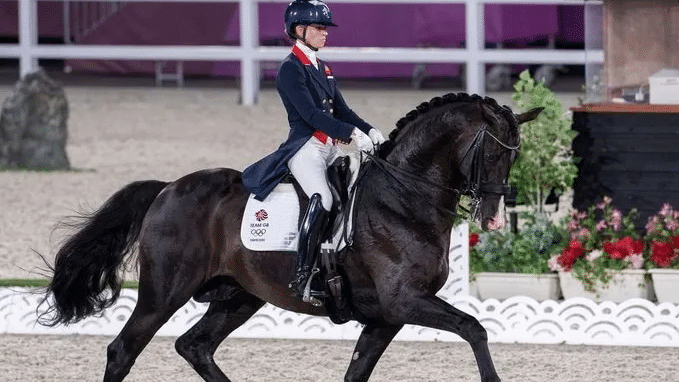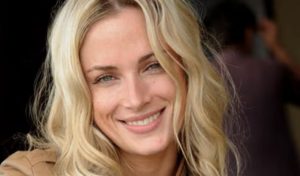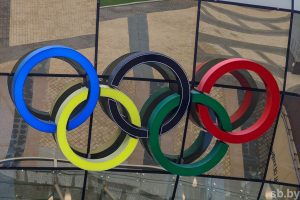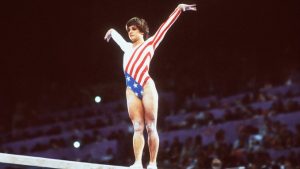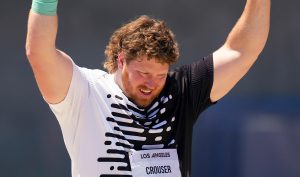Olympic
dressage is the sport where a rider sits on a horse an makes it dance. But how
do riders get horses to sway on command?
International
dressage rider Lewis Carrier said “it’s not something you can just do”. The 24-year-old
has had an attachment with horses since he was six and is hoping to represent
Team Great Britain at the 2024 Paris Olympics.
Also Read | Tokyo Olympics: What does Raven Saunders’ X gesture mean
“Training a
horse to do that takes years of experience,” he told Radio 1 Newsbeat. “It’s
like learning to dance. It’s technique. It’s teaching a horse how to move a
certain way and how to use their body in a certain way.”
Its why
athletes competing in dressage are generally older than those competing in
non-equestrian sports.
Like
Canadian equestrian Ian Miller, who has a record 10 Olympic appearances, starting
from 1972 in Berlin to 2012 in London. Also in that list is Great Britain’s Carl
Hester, who won the bronze medal in Team dressage at the ongoing Tokyo Olympics
at the age of 52. Hester made his first Olympic appearance in the 1992
Barcelona Games.
Also Read | From underdogs to semi-finalists: Indian eves’ Tokyo 2020 hockey comeback
Lewis also
says that apart from experience, dressage athletes also need a bit of ‘The
Force’ from the Star Wars universe. He imagines dressage athletes have powers
like the Jedi in Star Wars, able to control things with their minds.
“It’s so
much about feel. It’s so hard as a trainer to teach someone, it’s just
something you feel one day and you have it. You have the feel,” he says.
Another athlete,
Charlotte Dujardin, trains with several horses so that animals can take over
when needed.
Lewis says
horses can start competing for equestrian events from the age of eight and can do
so until their around 19 or 20. And for their hard work, they get a sweet
reward – lots of sugar cubes and carrots.
Also Read | How much do countries pay athletes for an Olympic medal? Check top 10 list
“It’s hard
to explain to an animal how good they have done…. these horses know the riders so well
and they know when they’ve done a good job,” he said.
According
to rules, the horses have to be partly-owned by someone from the nation they
are competing for, but Lewis says the horses are mostly Dutch or German-bred,
where dressage is a big part of the sporting culture.

